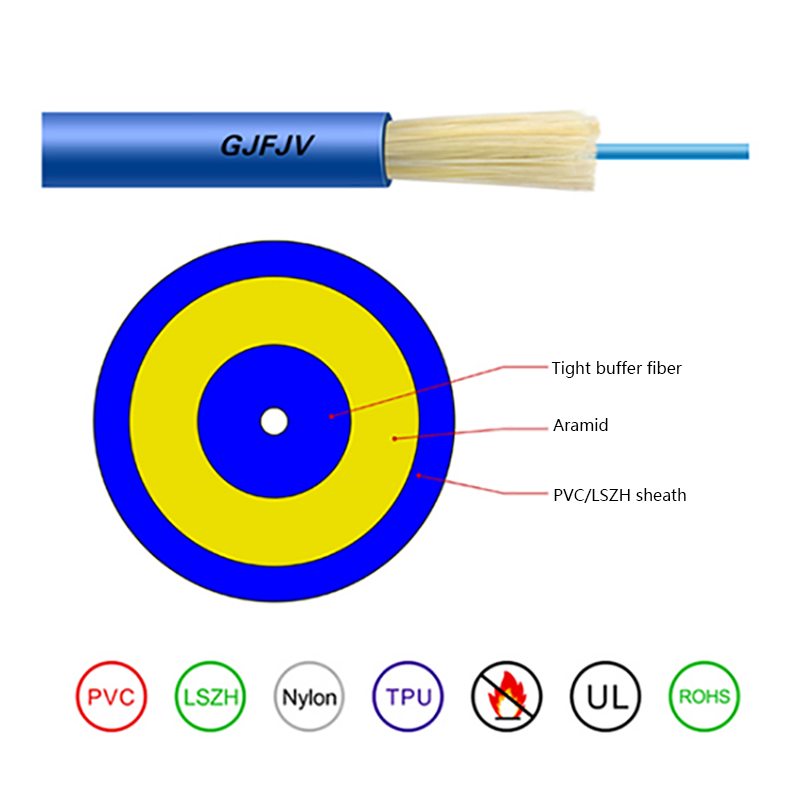How do outdoor optical cables handle extreme temperatures and weather conditions?
Outdoor optical cables are designed to handle extreme temperatures and weather conditions through several key features:
Outer Jacket Material: The outer jacket of outdoor optical cables is typically made from rugged materials like polyethylene (PE) or polyvinyl chloride (PVC). These materials provide protection against UV radiation, chemicals, and physical damage. For cables exposed to extreme temperatures, materials like low-temperature-rated PE or thermoplastic elastomers (TPE) might be used.
Temperature Tolerance: Outdoor optical cables are engineered to withstand a wide range of temperatures. They usually have a specified operating temperature range, such as -40°C to +70°C (-40°F to +158°F). This is achieved by using materials that remain flexible and durable across these temperatures.
Thermal Expansion: The materials used in the construction of outdoor optical cables are selected to accommodate thermal expansion and contraction. This helps prevent the cable from becoming too brittle in cold temperatures or too soft in high heat.
Waterproofing: Outdoor cables often include water-blocking features like gel-filled or water-resistant tapes to prevent moisture ingress, which can freeze in cold weather and cause damage. In areas prone to heavy rain or snow, these features are crucial for maintaining performance.

Armoring and Strength Members: Some outdoor optical cables have additional layers of protection, such as metallic armoring or strength members, to shield against physical impacts and provide extra durability in harsh environments.
Temperature-Resistant Fiber: The optical fibers themselves are designed to function within a broad temperature range, and the protective coatings on the fibers are selected to maintain performance despite environmental extremes.
Testing and Standards: Outdoor optical cables are subject to rigorous testing and standards to ensure they can perform reliably under various environmental conditions. These tests include temperature cycling, UV exposure, and humidity tests.
Outdoor optical cables are built to be resilient and to provide reliable performance even in challenging weather conditions.



 English
English русский
русский Español
Español عربى
عربى 中文简体
中文简体




















